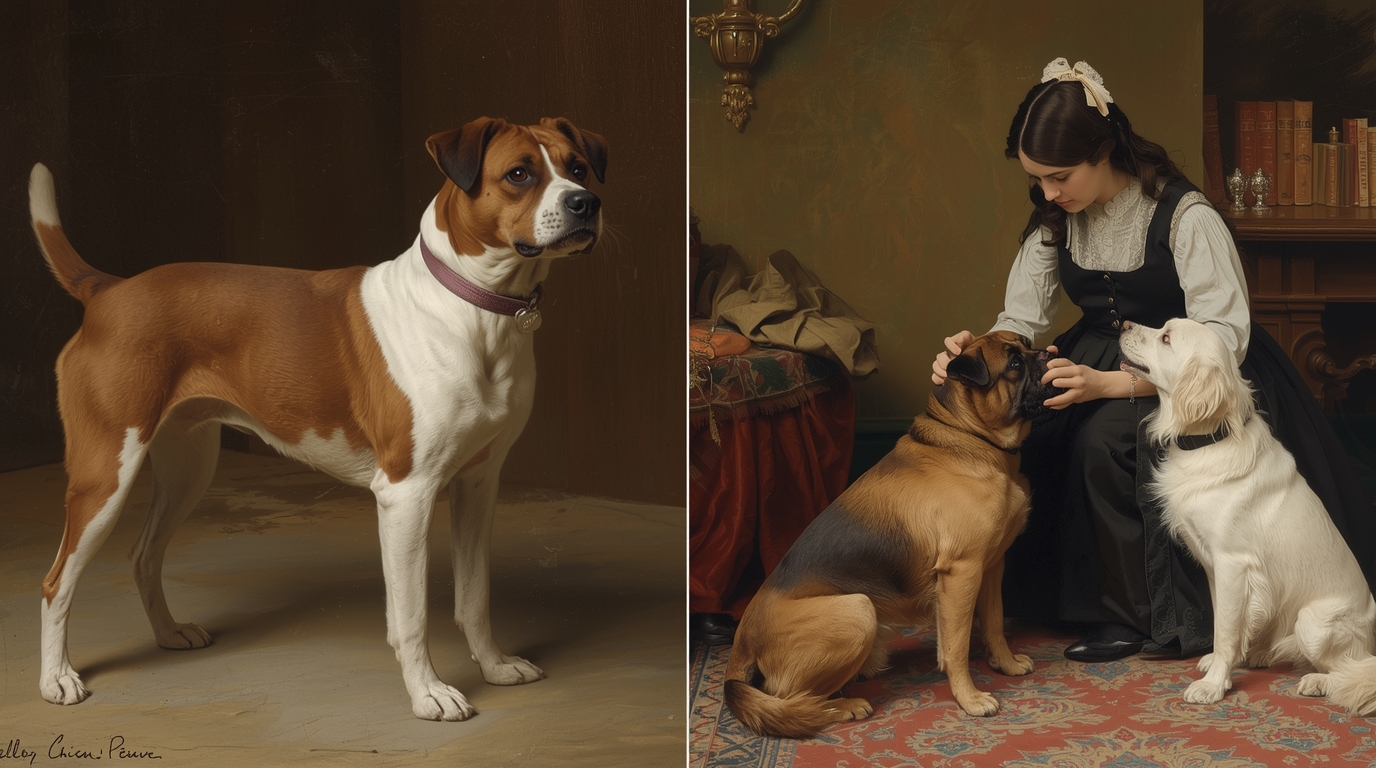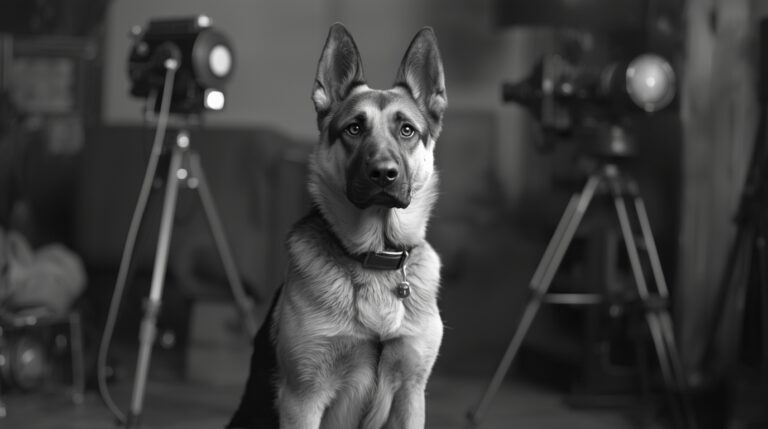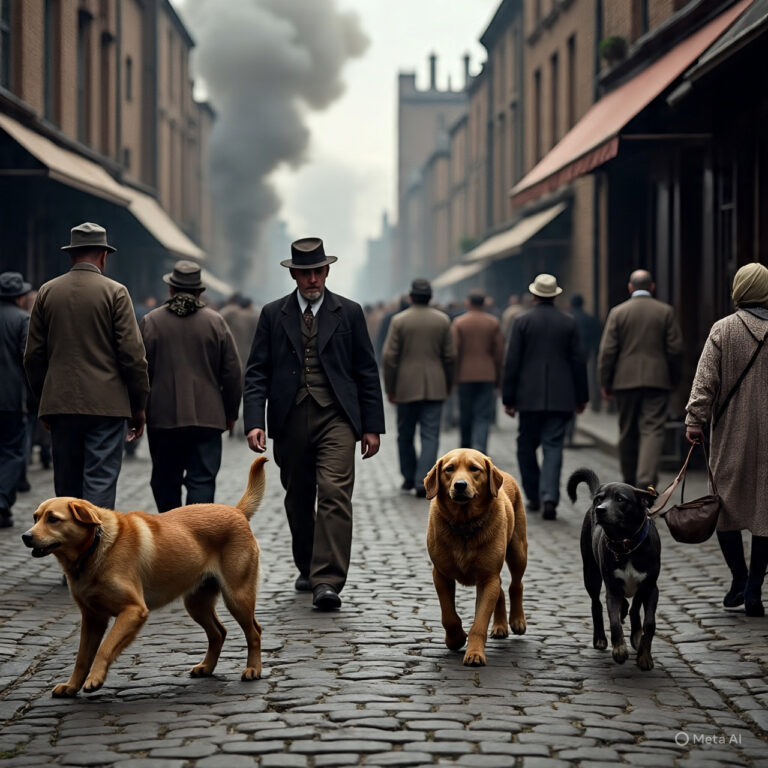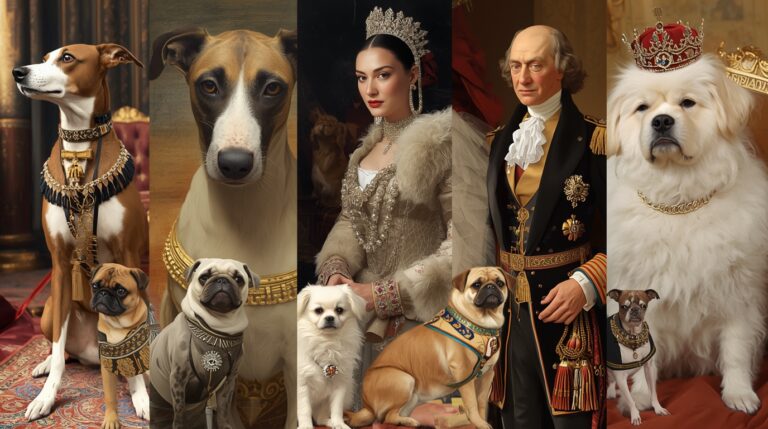Dog Breeding Ethics Through History

Early Human-Dog Relationships
The earliest domesticated dogs, dating back over 15,000 years, were bred not for beauty but survival. Early humans selected dogs that could hunt, guard, or herd. Ethical questions weren’t considered — dogs that failed in their roles were excluded from gene pools.
Selective Breeding in Ancient Civilizations
In Ancient Egypt, dogs like the Saluki were associated with nobility. In China, Pekingese were bred as lapdogs for emperors. Yet ethical considerations were minimal, and deformities from selective breeding were accepted if they aligned with spiritual or aesthetic ideals.
The Middle Ages: Utility Over Welfare
Dogs in medieval Europe were bred for war, tracking, and livestock protection. Breeding focused solely on utility, often with harsh culling practices. Animal welfare laws didn’t exist, and no concept of ethical breeding was present.
The Renaissance and Breed Identity
Nobles began breeding dogs like Italian Greyhounds and Spaniels for appearance. Dogs began to symbolize class, which led to overbreeding for refinement rather than function.
The 18th Century: From Function to Fashion
The Enlightenment era bred dogs for elite leisure. Breeds like the Pug were miniaturized and brought from China to Europe. Flatter faces and curled tails became fashionable, beginning a dangerous trend toward aesthetic breeding.
Victorian England and the Birth of Breed Standards
With the founding of The Kennel Club in 1873, breed purity became an obsession. The Victorian Age institutionalized:
- Breed standards
- Dog shows
- Linebreeding and inbreeding for consistency
This marked the start of ethical questions about form vs. function.
Early Ethical Concerns in Victorian Breeding
Critics noticed issues:
- Bulldogs with breathing problems
- Spaniels with skull malformations
- Pugs that couldn’t reproduce naturally
These issues were largely ignored by judges and breeders as long as the dogs met visual standards.
Charles Darwin’s Influence on Breeding
In “The Variation of Animals and Plants Under Domestication” (1868), Darwin acknowledged:
- Dogs as products of artificial selection
- Traits chosen without regard for survival fitness
- Breed diversity as a human construct
His insights influenced ethical debates on how far human control should go.
Eugenics and Canine Bloodlines
The early 20th century applied eugenics to dog breeding, with kennel clubs promoting “purity” of lineages. Breeds were divided by class, utility, and appearance, and disallowed crossbreeding led to closed gene pools.
The Role of Dog Shows in Ethical Decline
Dog shows emphasized:
- Exaggerated features
- Gait uniformity
- Coats and cosmetic traits
Functionality diminished. Breeds like the English Bulldog became unable to mate or give birth naturally.
Health Impacts of Breed Exaggeration
Brachycephalic breeds suffer:
- Pugs: Brachycephalic obstructive airway syndrome (BOAS)
- Cavalier King Charles Spaniel: Syringomyelia
- German Shepherds: Hip dysplasia due to slope exaggeration
These are direct results of unethical aesthetic breeding.
Mid-20th Century: Commercialization and Puppy Mills
After WWII:
- Dog ownership boomed
- Puppy mills emerged to meet demand
- Health and temperament were overlooked for profit
No regulations meant millions of poorly bred dogs entered homes.
Modern Veterinary Warnings
Veterinary groups raised the alarm:
- Warnings about breed-related diseases
- Advocacy for functional health over cosmetic beauty
- Pushback against breed shows rewarding deformities
The AKC and KC’s Role in Breed Ethics
Historically complicit, both the AKC and UK Kennel Club now:
- Promote health testing
- Adjust standards to discourage extremes
- Monitor breeder conduct
Change is slow but increasingly influenced by public concern.
Animal Rights Movements and Legal Action
Modern laws protect dogs against unethical breeding:
- Ban on tail docking and ear cropping in many countries
- Mandatory health certifications in others
- Breed-specific legislation aimed at improving safety and breeding quality
Designer Dogs and Ethical Questions
Dogs like Labradoodles, Pomskies, and Puggles were bred for trend appeal. But:
- Many suffer joint and breathing issues
- Few standards exist to regulate health testing
- Critics argue hybrids are often puppy-mill generated
Public Perception and Media Influence
When celebrities showcase a breed, demand spikes.
- “101 Dalmatians” → Overbreeding and abandonment
- Paris Hilton’s Chihuahua → Toy breed boom
- “Game of Thrones” → Surge in Husky adoptions, then shelter surrenders
Ethical breeders must resist trend breeding.
The Role of Genetic Testing in Ethics
Today, breeders can use:
- Embark, Wisdom Panel, and Paw Print Genetics
- Tests for degenerative myelopathy, eye diseases, and cardiomyopathy
Ethical breeding now means being scientifically informed.
Global Differences in Breeding Ethics
Countries like Sweden, Norway, and Finland:
- Ban extreme breeding
- Require vet checks before breeding
- Mandate genetic outcrossing when diversity is low
They’re models for ethics-first dog breeding.
Ethical Breeding vs. Rescue Advocacy
While ethical breeders exist, many advocate “Adopt, don’t shop.” Rescue groups argue:
- No need to breed while dogs die in shelters
- Many breeders lack transparency
The debate continues between responsible preservation and prioritizing rescue.
Modern Ethical Breeder Checklist
An ethical breeder:
- Conducts health testing
- Provides socialization
- Has a return-to-breeder policy
- Limits litters per year
- Is open about lineage, temperament, and challenges
Puppy Mills and the Fight Against Cruelty
Puppy mills still operate globally:
- Overcrowded, unsanitary conditions
- Dogs used as breeding machines
- Rescue groups work to shut down and rehabilitate victims
What the Future Looks Like
Technologies like AI-driven pairings, CRISPR for disease resistance, and cloning are raising new ethical questions. Will the next phase of breeding be compassionate, or just precise?
Conclusion: Building a Humane Legacy
The history of dog breeding ethics is a mirror of our humanity — a reflection of how we balance beauty, function, and compassion. As we look ahead, true breeding excellence will mean more than looks. It will mean health, happiness, and humane purpose — a legacy every breed deserves.





